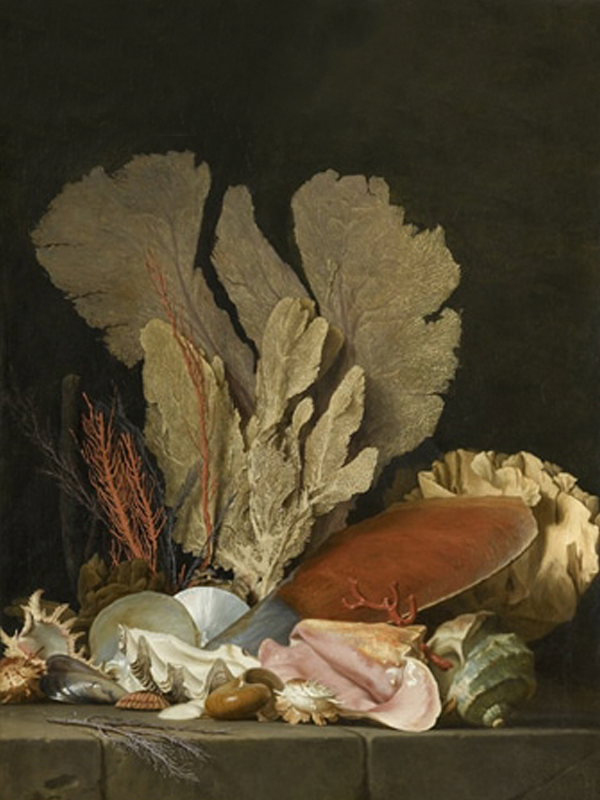
Zane Grey
Zane Grey

A contemporary of Hemingway, a successful writer like him, but more in the genre of pulp fiction, actually Wild West adventure novels, Zane Grey became one of the first millionaire authors.
He is the author of more than 90 books, some published posthumously or based on articles originally published in hunting and fishing magazines. His total book sales exceed 40 million copies.

In his fifties, Zane Grey continued to write extensively, either from his yacht or from his huge house on Catalina Island, in any case, never far from his fishing grounds.
Yet his beginnings as a writer were laborious, and it was because he abhorred his profession as a dentist that he began to write, first of all of his fishing adventures. To the great despair of his father, a renowned dentist, Zane Grey gave up his New York dentistry practice after three years to devote himself this time to writing a new genre, very popular at the beginning of the 20th century in the United States: the stories and legends of the Wild West. From 1916 to 1926, Grey was every year in the list of the best-sellers, which required sales of more than 100,000 copies each time.

Almost all of his novels were adapted by the young Hollywood film industry, first in silent black and white, then in "talkies".
First millionaire best-selling author thanks to his Hollywood adaptations.
Like Hemingway, he got up very early and wrote until mid- or late morning, then met up with his family or friends and spent the rest of the day hunting or fishing. His writing was so prolific that even after his death in 1939, his publisher, Harper’s, had such a large stock of manuscripts that it continued to publish a new title every year until 1963. But if he earned a lot of money with his royalties, it is especially his association with the very young film industry in Hollywood, which ensured him an immense fortune in adaptation rights. More than fifty of his “Far West” novels were adapted to the screen by either Fox or Paramount, and gave birth to more than a hundred films, both silent and talking.
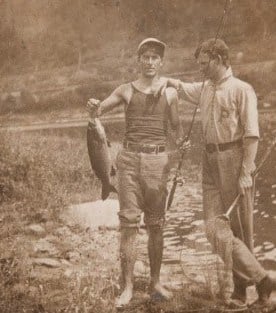
With his younger brother Romer and a nice Black-Bass.
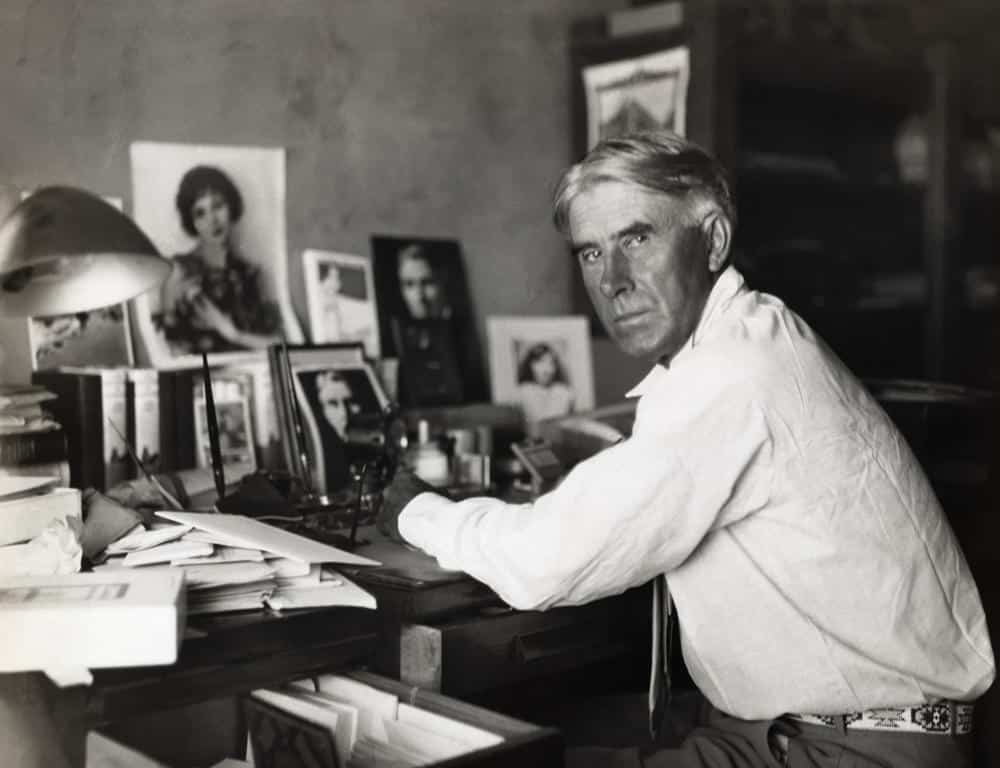
Handsome, rich and famous, Zane Grey, like Hemingway, had many female adventures.

The adaptation of his numerous "Far West" novels for the cinema, including and especially during the years of the Great Depression in the United States, brought him a lot of money, which he spent lavishly on his fishing trips.
With all this money Grey was able to finance his true passion: fishing.
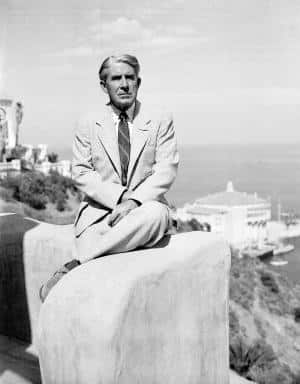
Off the coast of Los Angeles, on Santa Catalina Island, Zane Grey proudly poses in front of the Tuna Club buildings.
When he was pulling teeth in New York, he was already spending all his weekends with his brother, fly fishing for trout in Delaware and Pennsylvania. But it was his association with Hollywood, which a decade later, would lead him to discover Santa Catalina Island, where big game fishing had really been invented in 1898, with the creation of the very chic and select “Catalina Tuna Club”. Located off the coast of Los Angeles, this island of tycoons and billionaires was surrounded at the time by the extremely fishy waters of the Pacific. In his writings, Zane Grey compared the gigantic schools of tuna that could be seen hunting on the surface for miles around the boats to the immense herds of buffalo that Buffalo Bill had described on the Great Plains half a century earlier.
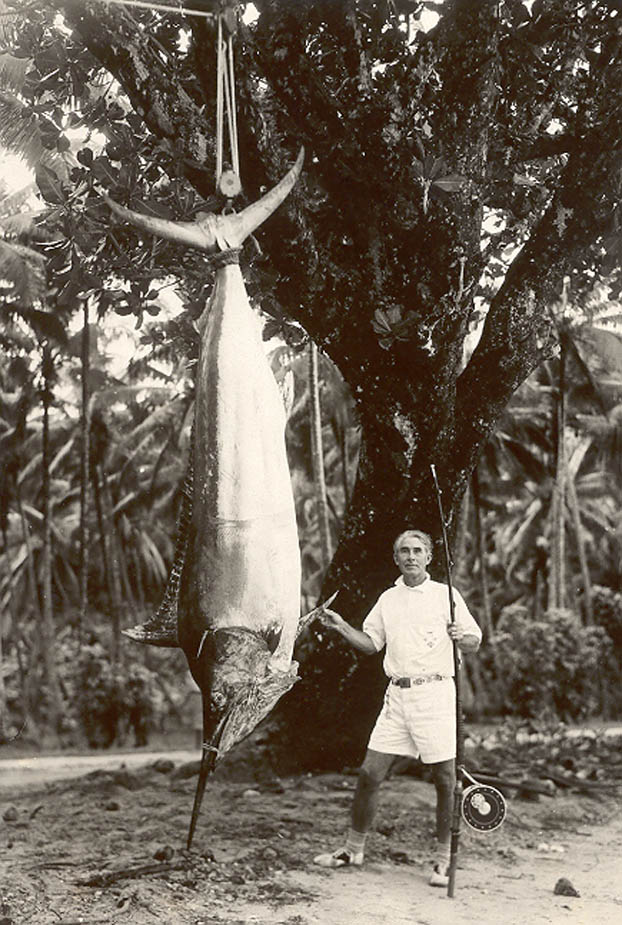
With a large black marlin caught in Tahiti, where he was the first sport fisherman to explore this area of the Pacific. Note the curvature of the split bamboo rod, which had to be straightened after each large fish was caught.
But there were not only tunas around Catalina, the ocean was also full of marlin and especially xiphia swordfish. And for Zane Grey, who had caught in Nova Scotia a giant tuna of 758 pounds (world record in 1924) and in Tahiti a marlin of more than a thousand pounds, the most valiant adversary of all the oceans was without any doubt the real swordfish Xiphias gladius. This fish earned him his greatest successes and, at least initially, the esteem and respect of his peers, members of the Tuna Club of Catalina.
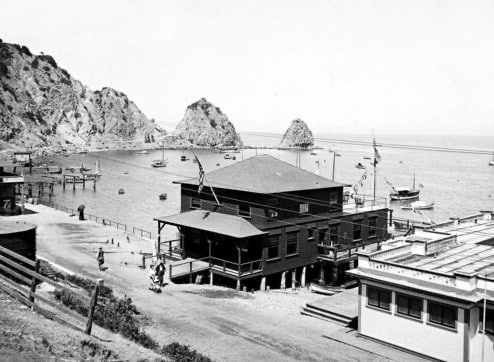
The first Tuna Club on Santa Catalina Island, California.
To fish for swordfish all year round, he bought a huge house on the island.
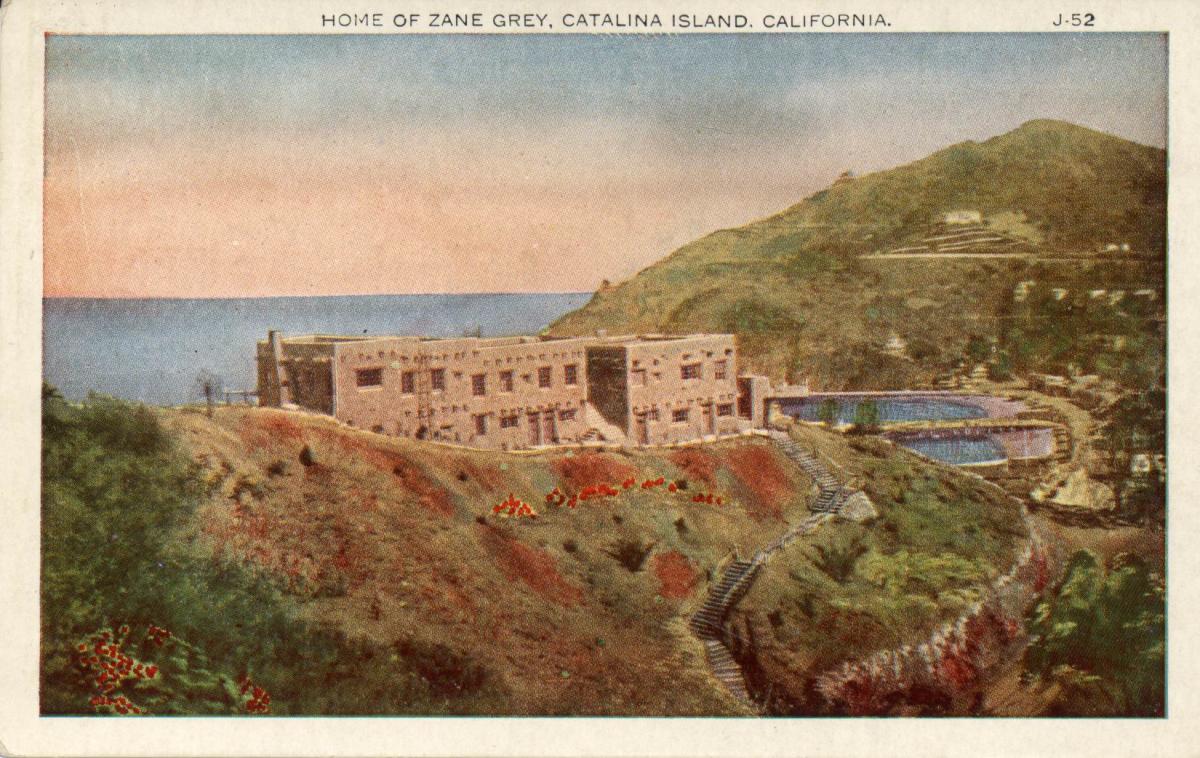
In 1920, he tells us that in 93 days of swordfish fishing, he saw 140 swordfish, presented his bait to 94 of them, got 11 bites, landed 7, but only managed to gaff 4. Compared to other anglers, members or guests of the Tuna Club, he was not very lucky compared to others, often beginners in big game fishing, some of whom caught swordfish while looking for tuna or marlin.
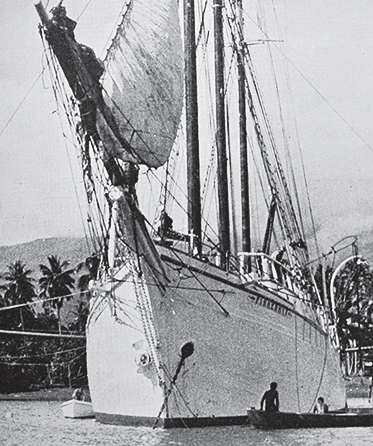
His enormous "houseboat", previously owned by Kayser Wilhelm II, allowed him to travel and fish in all the world's oceans.
However, Zane Grey had specially equipped his boat, whose name “Gladiator”, obviously referring to this fish (Xiphias gladius), to leave nothing to chance in this quest. A platform on which a spotter (very often himself) could stand, had been installed at mid-mast, in order to spot from farther away, the swordfish when they were lounging on the surface, their dorsal and the upper lobe of their caudal, clearly visible above the surface by calm sea. From this elevated platform, he could also present his baits much more effectively and from a greater distance in front of the spotted fish, which allowed him to record more bites than the other boats. He was particularly insistent on the freshness of the baits (squid or flying fish) that he passed under the nose of the swordfish. He would tell anyone who would listen how he practiced rowing every day in the winter to get his muscles in shape for the spring and summer when the swordfish appeared on the surface, and how he soaked his hands in sea water to harden and tan them for future fights.
In 1921, he caught his largest swordfish, 418 pounds of muscle and scales.

With a large black marlin exceeding 1000 pounds, caught in New Zealand. Note here again the curvature of the split bamboo rod and the Vom Hofe reel. Very few fishermen today would be capable of such a feat with such equipment.
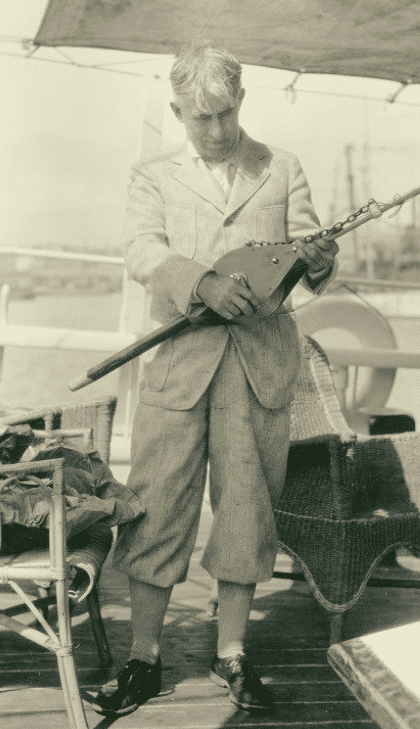
In Santa Catalina, Zane Grey inspects a prototype reel that will never be commercialized.
It was the second largest ever caught in Catalina, and many members congratulated him, but when a few weeks later, a small woman weighing less than 100 pounds, the wife of one of the Club’s members, Mrs. Spalding, brought a 426-pound swordfish back to the dock, Zane Grey “flipped out. That evening, many club members called him to ask him if he knew how many miles Mrs. Spalding had rowed during the winter and why she preferred to keep her hands clean with anti-wrinkle creams rather than dipping them in brine. The very next day, he claimed that it was impossible for such a fish to have been caught by this woman, at least according to the rules of the Club, she had to have been helped during the fight by one of the crew members. Many Club members, who did not like Zane Grey’s arrogance, were waiting for this incident to ask him to apologize or to resign. He did both, and while he continued to fish the waters of Santa Catalina, he never again set foot in the halls of the most famous and exclusive fishing club in the world at the time.

His huge three-masted sail and steam boat that served as his home, along which is moored his famous "Gladiator", the fishing boat that allowed the capture of large fish.
A talented and complete fisherman. Nevertheless, Zane Grey was probably, immediately after the end of the First World War and until the beginning of the thirties, and before the emergence of Hemingway, Lerner and Farrington, the most talented fisherman of all the oceans and of that time. To stay with the swordfish off the coast of Catalina, he caught 24 swordfish in a few years on board his boat Gladiator and had his brother catch 18, which in daytime fishing, on fish spotted on the surface, still constitutes an unequalled feat.
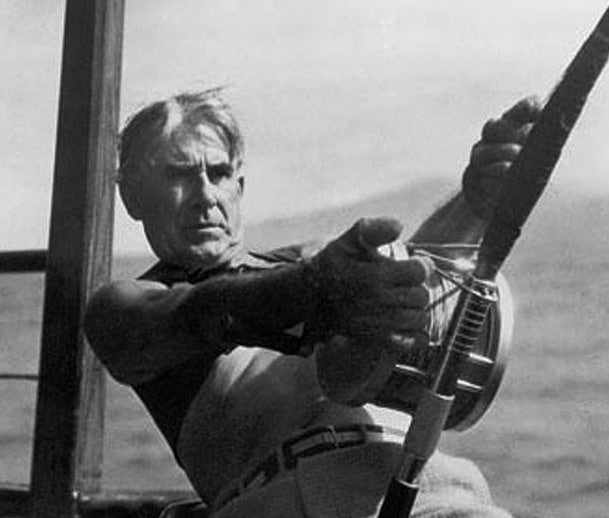
In full effort, "fair and square" probably fighting another large marlin, with a simple pair of gloves, so that the braided linen line would not cut his fingers. Before the war, as with Hemingway, it was really "sport fishing" in the true sense of the word.
Travel the planet and show the world the capture of the largest fish in the oceans.
And since he was no longer wanted at the Tuna Club and in the waters of California, he was going to travel the waters of the world’s seas, thanks to his immense fortune, and show the world (by having his distant exploits filmed by a team of Hollywood cameramen) what he knew best (apart from writing best sellers), catching the largest fish in the oceans with a rod and reel. He bought the enormous motor and sail yacht ordered by Kaiser Wilhelm II from the Krupp workshops and used it as a mother ship (houseboat) for his distant expeditions.

As he also fished a lot with the fly, he knew the quality of the material of the Hardy house. So in 1928 he asked them to make him the best reel for "big game" fishing, whatever the price, he added. Two years later, the reel that bears his name came out of the Alnwick workshops.
He commissioned the English firm of Hardy to build him the best and strongest reels for big game fishing, reels which still bear his name, and took on board dozens of bamboo or hickory rods made by the best craftsmen, hundreds of kilometers of braided linen line, thousands of hooks and leaders… Thus equipped, Zane Grey, accompanied by his brother and then his sons when they were old enough to follow him, explored the waters of the Great Barrier Reef in Australia, then New Zealand in 1926 where the films and photos of his catches still make us dream today. In 1928 he captured in Tahiti a gigantic blue marlin weighing 1040 pounds after the sharks along the boat had torn off at least 200 pounds of flesh… This made it the first fish of more than a thousand pounds ever caught with a rod and reel.

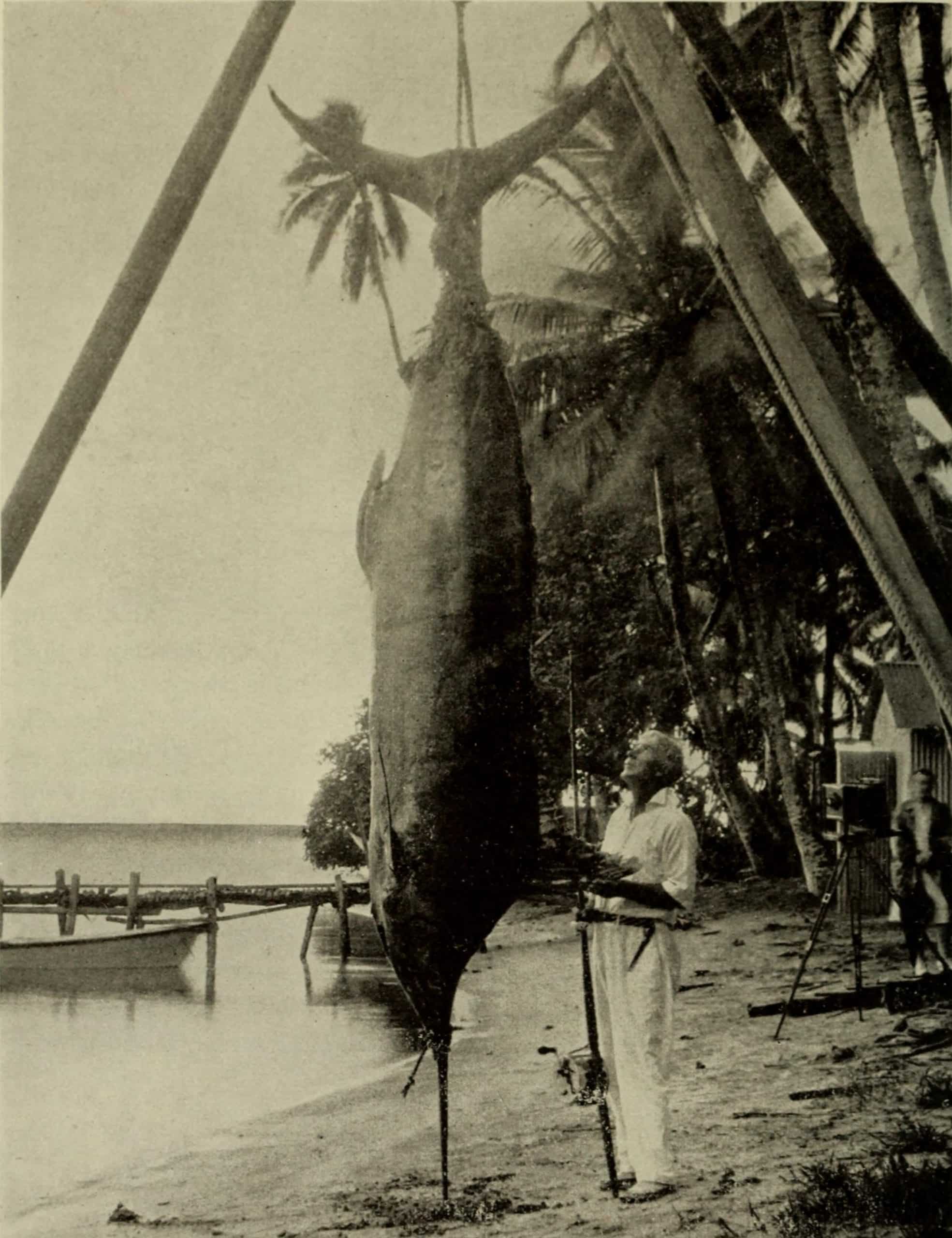
Mutilated at the end of the fight by the sharks, which tore off at least 200 pounds of muscle along its spine, this large blue marlin, captured in Tahiti, still weighed 1040 pounds. Note in the background, the professional camera and the assistant photographer that Zane Grey took with him on all his trips.

Fly fishing for steelhead, with Hardy tackle, on the Umpqua River.
But as a true and passionate fisherman, Zane Grey didn’t just fish for the “big one”. In the Gulf of Mexico, he was one of the pioneers of light line tarpon fishing as early as 1906. In the twenties he fished every winter in the Florida keys for bonefish with a fly. In Oregon (Umpqua River) and Northern California, he is still considered one of the best fly fishermen for steelhead and Pacific salmon. In New Zealand he was one of the first fly fishermen to catch large trout.
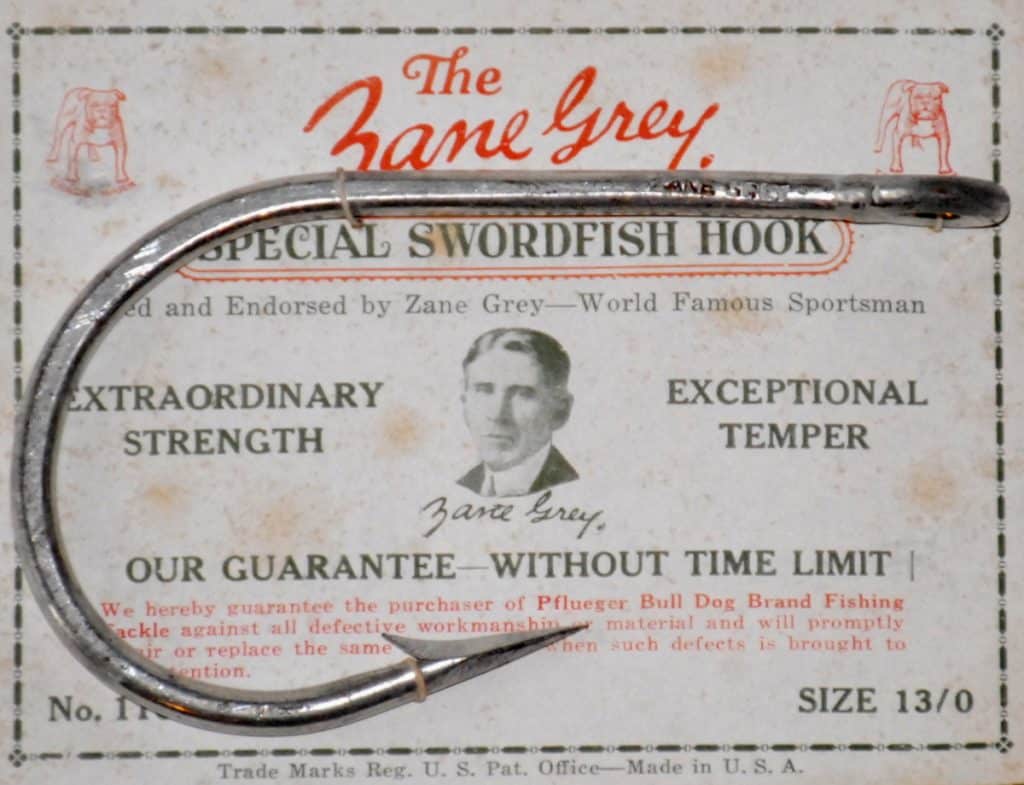
Especially for swordfish (Xiphias gladius), he had developed and manufactured an ultra-resistant hook.
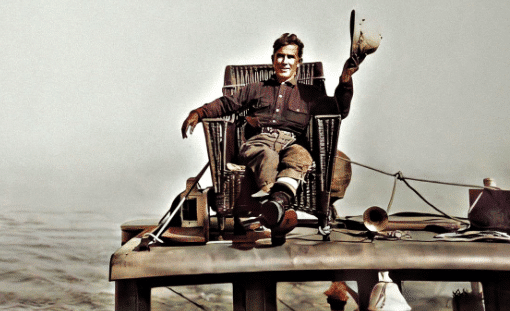
On the roof of his fishing boat, comfortably installed, he can when the sea is beautiful, observe the surface of the ocean, and a possible fin of big fish, marlin or swordfish.
To learn more about the exploits of this all-round fisherman, who, according to his brothers and wife, fished an average of 300 days a year for thirty years, I can’t recommend enough that you read the dozen or so large books and articles that recount his adventures all over the world with a trout fly rod or a huge “Big Game” rod in his hand.
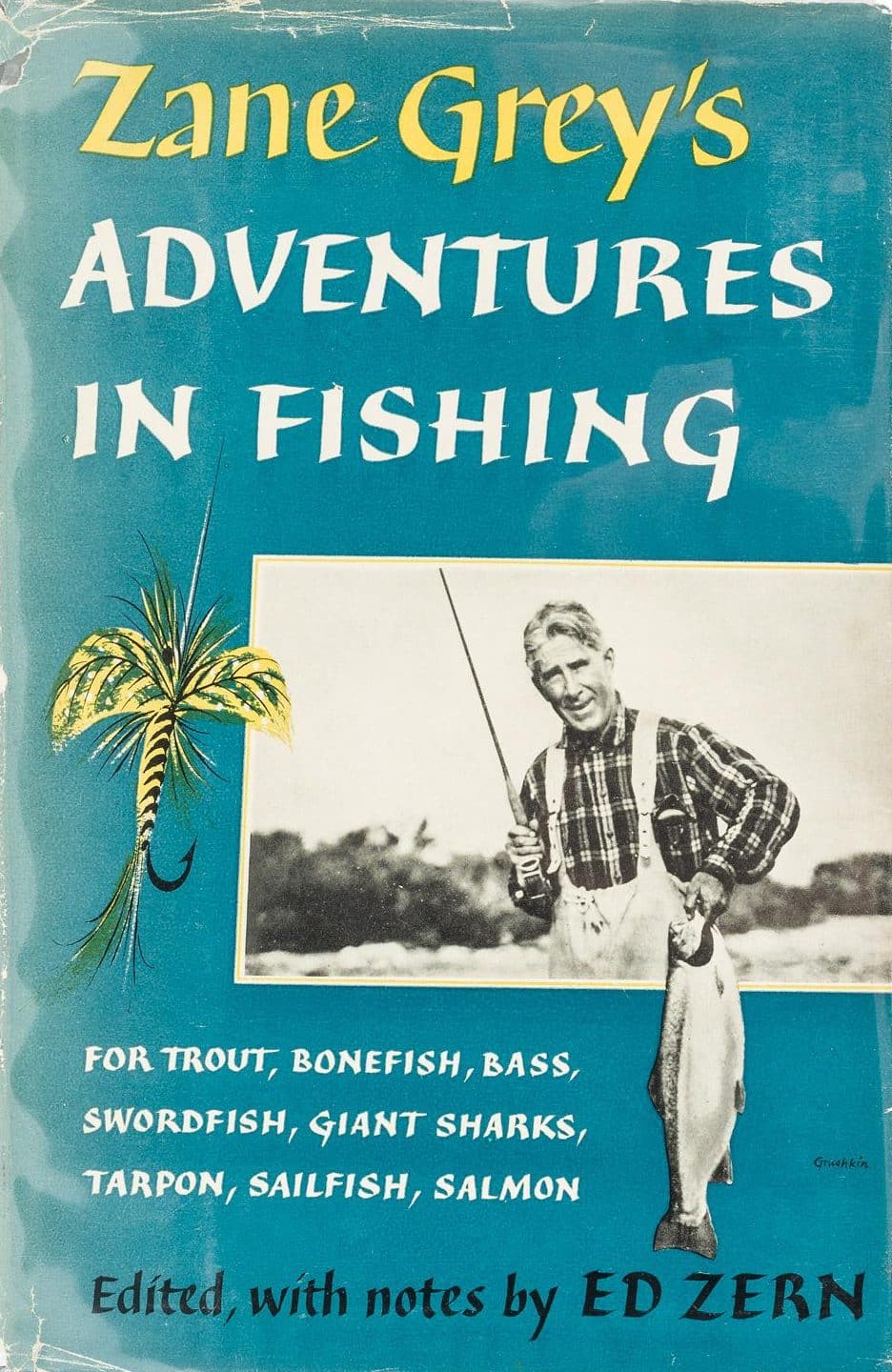
After his death, many of his fishing adventures, both fly-fishing and "tout-gros", were included in various posthumous works.



